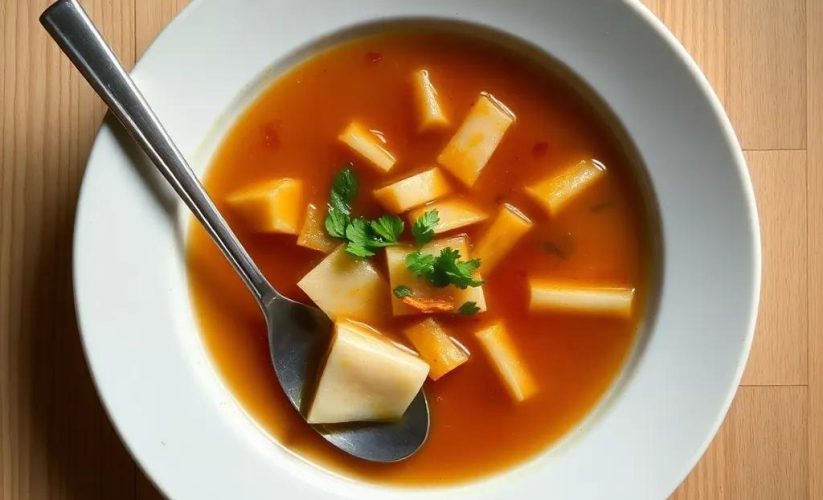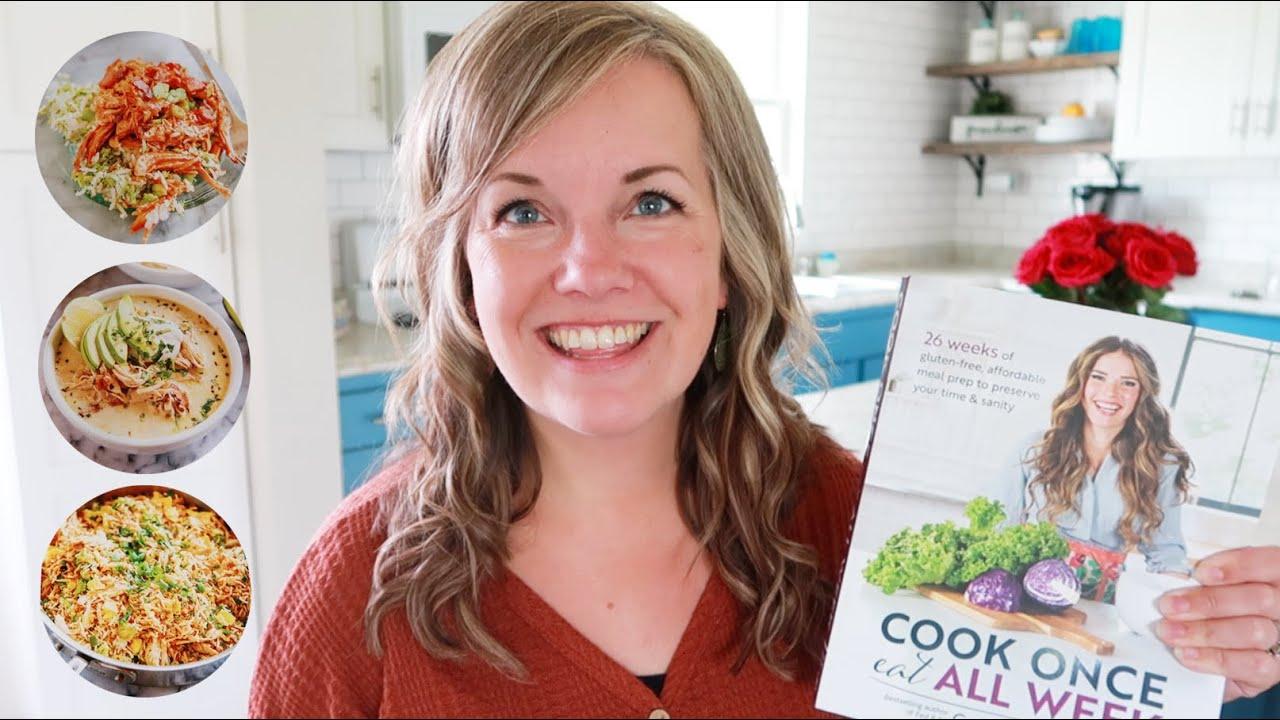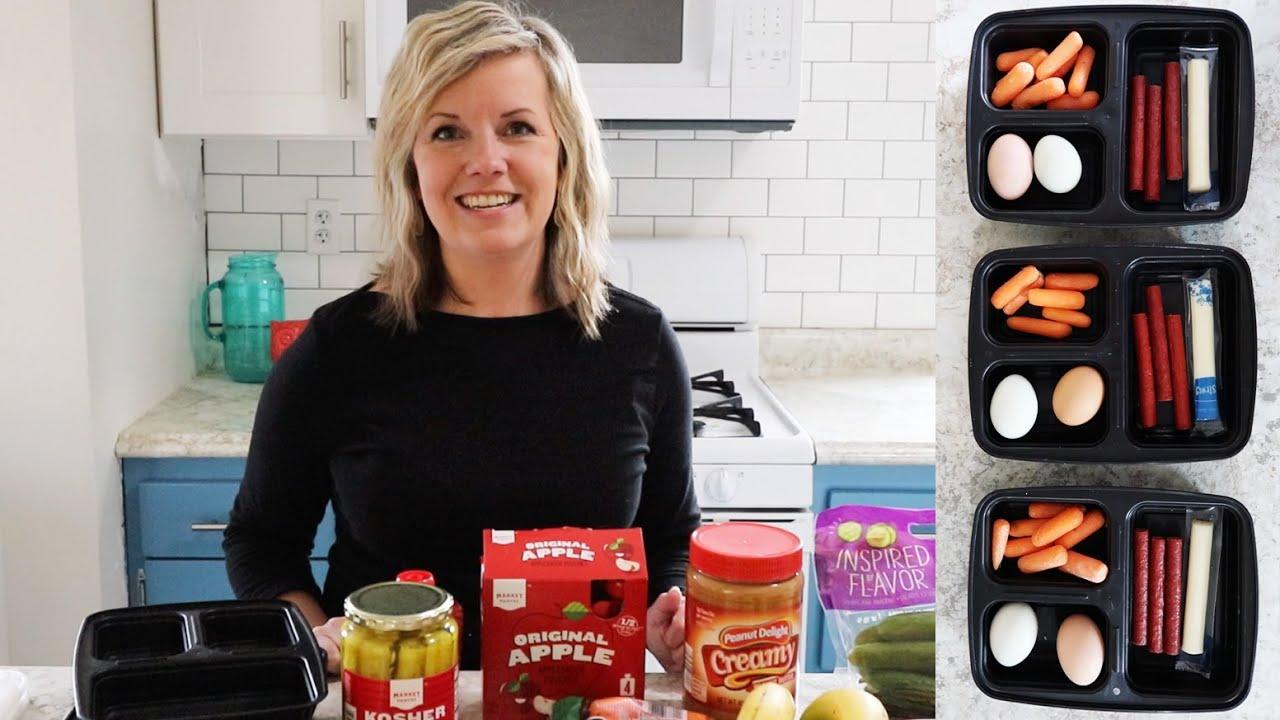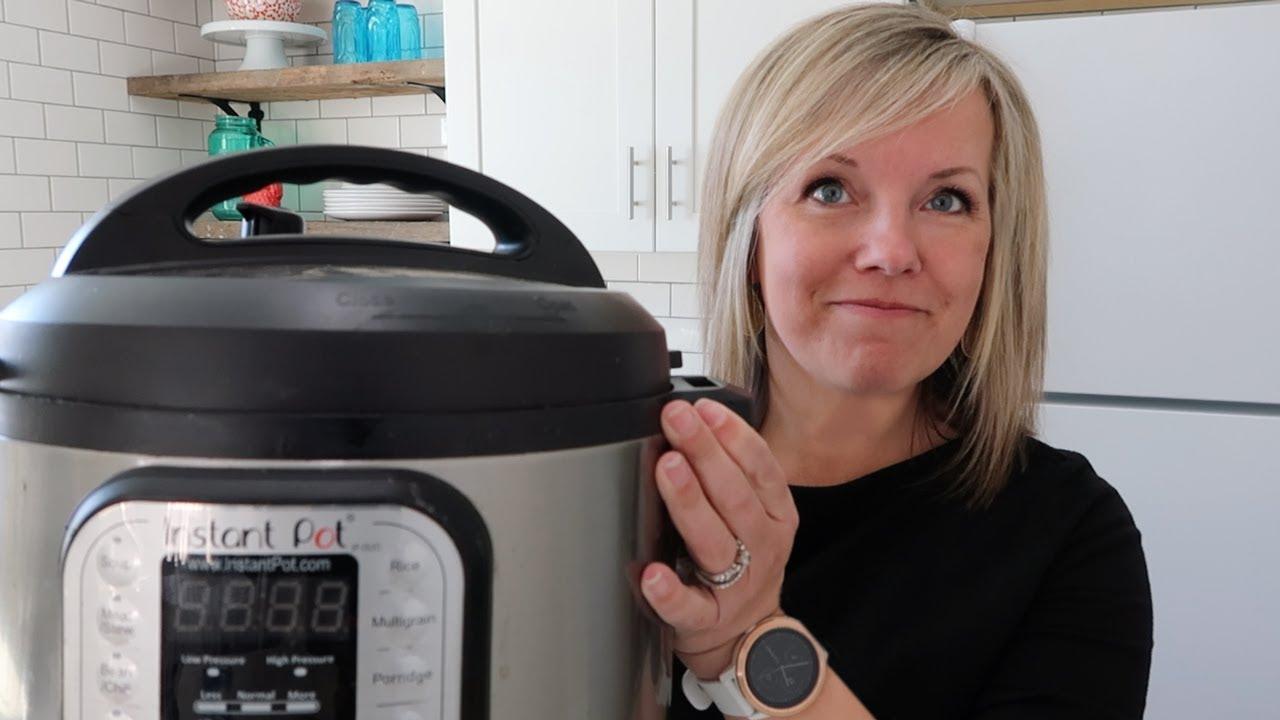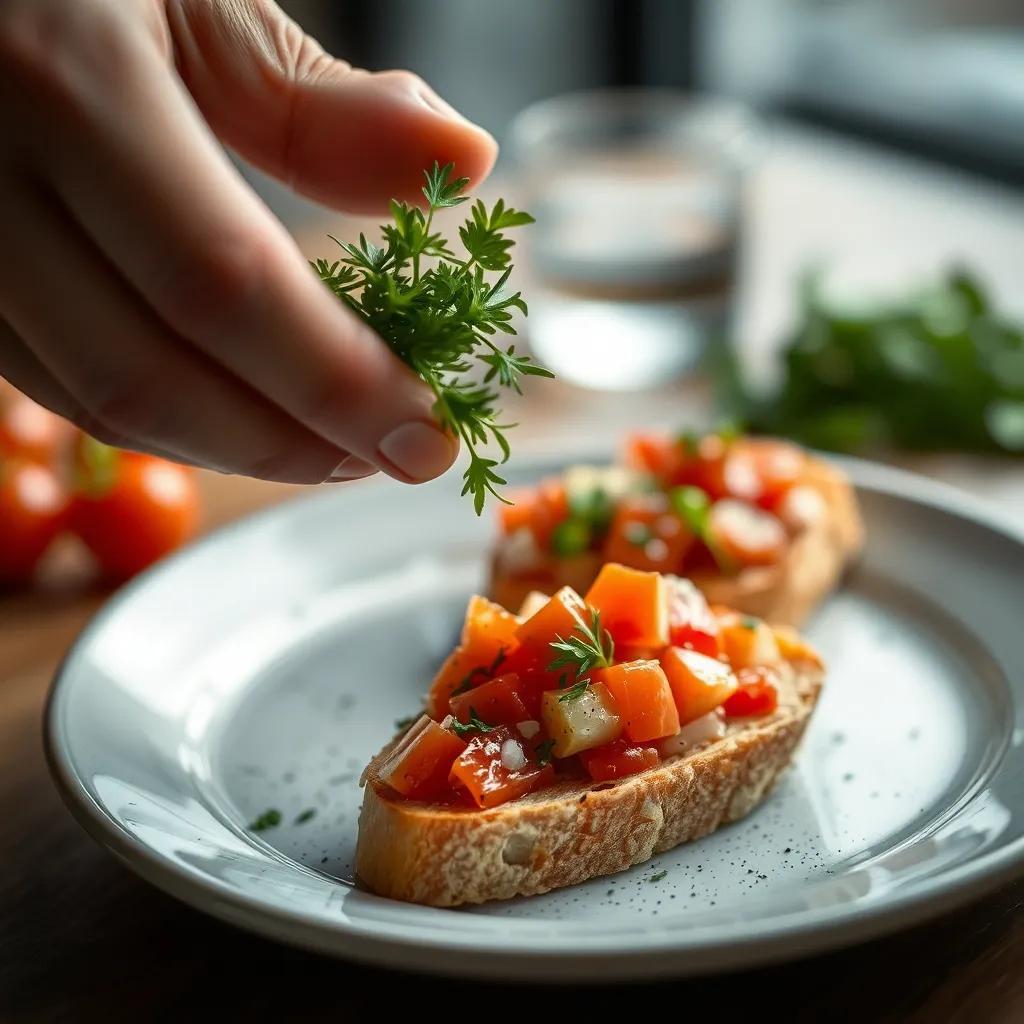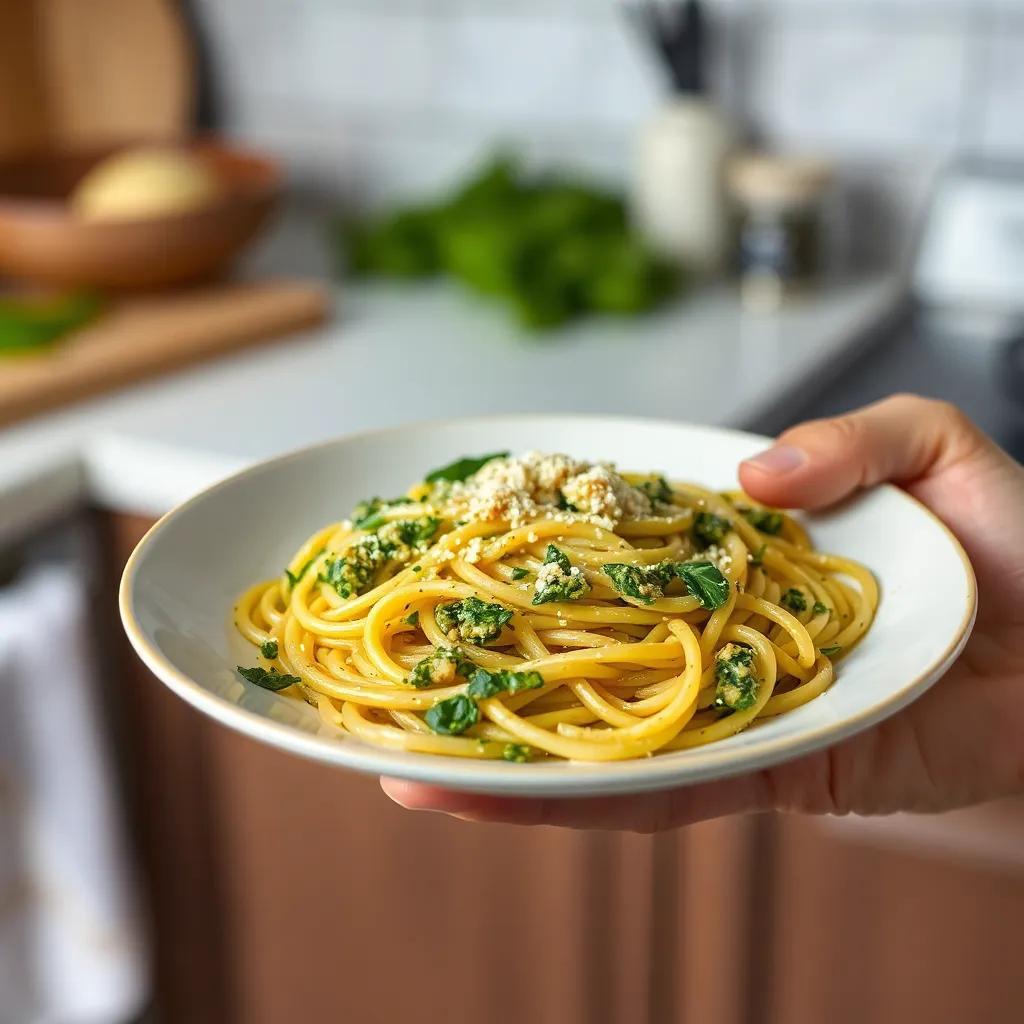Unlock Classic Flavor: Easy 30-Minute Spaghetti Carbonara Recipe
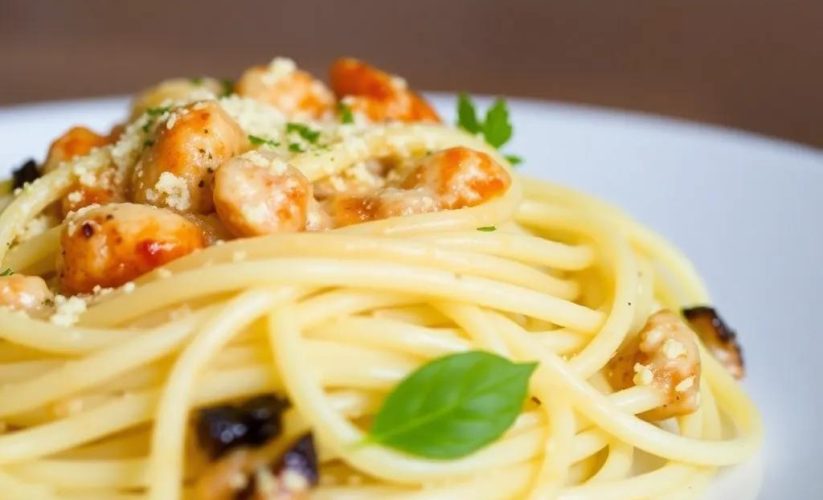
Unlock Classic Flavor: Easy 30-Minute Spaghetti Carbonara Recipe
🌍 Cuisine: Italian
⚙️ Difficulty: Easy
Ingredients
Nutrition Facts
520
Instructions
- Bring a large pot of salted water to a boil. Cook the spaghetti according to package instructions until al dente. Reserve about 1 cup of pasta water, then drain the pasta.
- While the pasta cooks, heat a large skillet over medium heat. Add the diced pancetta or guanciale and cook until crispy and golden, about 5–7 minutes. If needed, add olive oil to help render the fat.
- Remove the garlic cloves from the skillet after the pancetta is cooked to infuse flavor without overpowering the dish.
- In a mixing bowl, whisk together the eggs, grated Pecorino Romano cheese, and a generous amount of freshly ground black pepper until well combined.
- Add the drained spaghetti to the skillet with pancetta and toss to coat in the rendered fat over low heat.
- Remove the skillet from the heat to avoid scrambling the eggs.
- Slowly pour the egg and cheese mixture over the hot pasta, stirring quickly and continuously to create a creamy sauce. Add reserved pasta water a little at a time if the sauce is too thick.
- Continue stirring until the sauce thickens and coats the spaghetti evenly.
- Adjust seasoning with additional pepper if desired. Serve immediately, garnished with extra cheese and black pepper.
Serving Suggestions
- Serve with a crisp green salad dressed lightly with lemon vinaigrette for a fresh contrast.
- Pair with a chilled glass of Italian white wine, such as Pinot Grigio or Soave.
- Add a side of garlic bread or toasted baguette slices to soak up the sauce.
- Top with freshly chopped parsley or basil to add color and freshness.
- For extra flavor, sprinkle crushed red pepper flakes over the dish before serving.
- Serve alongside roasted or grilled vegetables like asparagus or zucchini.
- Complement the meal with a light dessert such as panna cotta or gelato.
Table of Contents
- Intro
- Ingredient Notes
- Tips & Variations
- Leftovers & Storage
- Behind the Recipe
- FAQ
- Let’s Get Cooking!
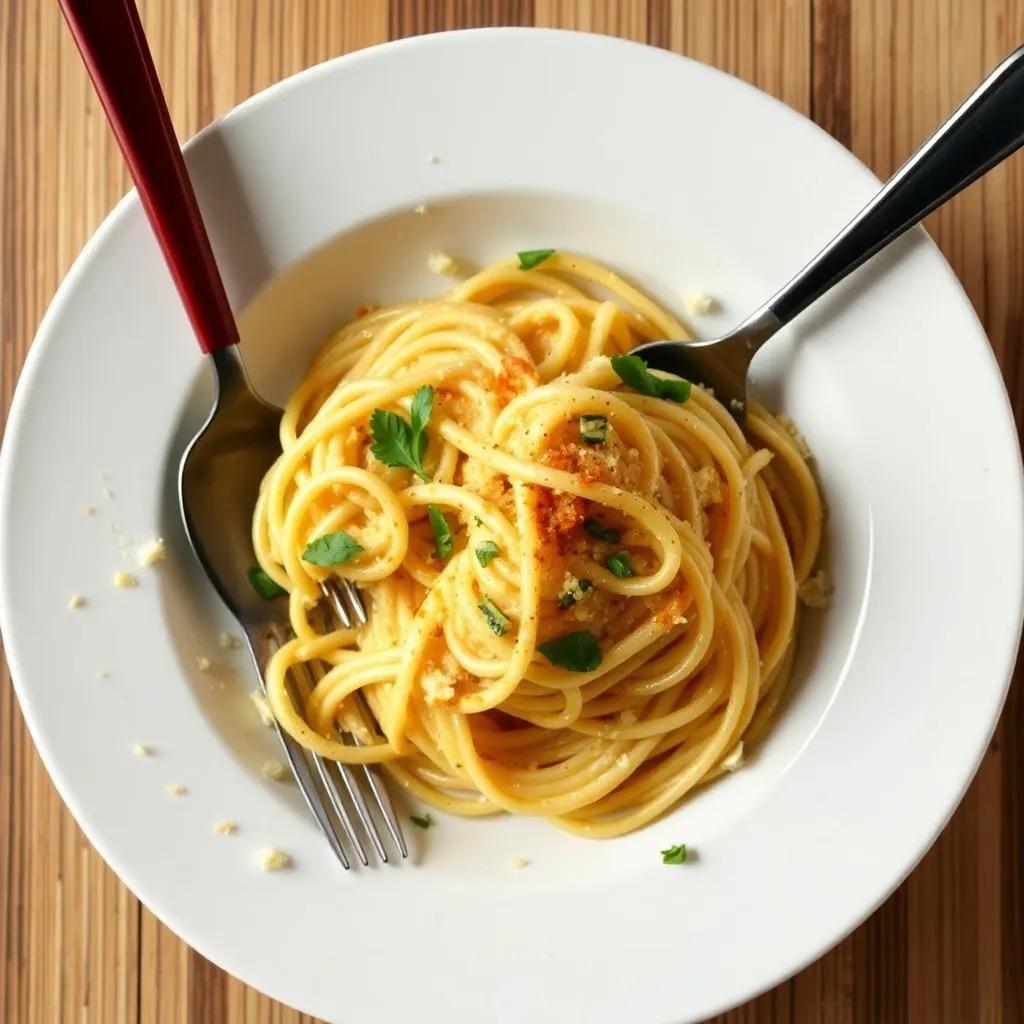
Intro
There’s something undeniably satisfying about a plate of classic spaghetti carbonara—a dish that feels both indulgent and approachable, yet carries the timeless charm of Italian tradition. This recipe invites you to unlock that authentic, comforting flavor in just 30 minutes, making it a perfect go-to meal whether you’re cooking a weeknight dinner or impressing guests with minimal effort. Its creamy texture and rich, savory notes come together without complicated steps or hard-to-find ingredients, striking a rare balance between simplicity and elegance.
Ideal for those moments when you crave something hearty but don’t have hours to spend in the kitchen, this dish showcases how a few quality elements paired thoughtfully can create something spectacular. It’s versatile enough to fit a casual family supper or a cozy date night, and pairs beautifully with fresh salads or a glass of crisp white wine to round out the experience. Whether you’re a kitchen novice or a seasoned cook, this recipe offers a straightforward path to mastering a classic that never goes out of style.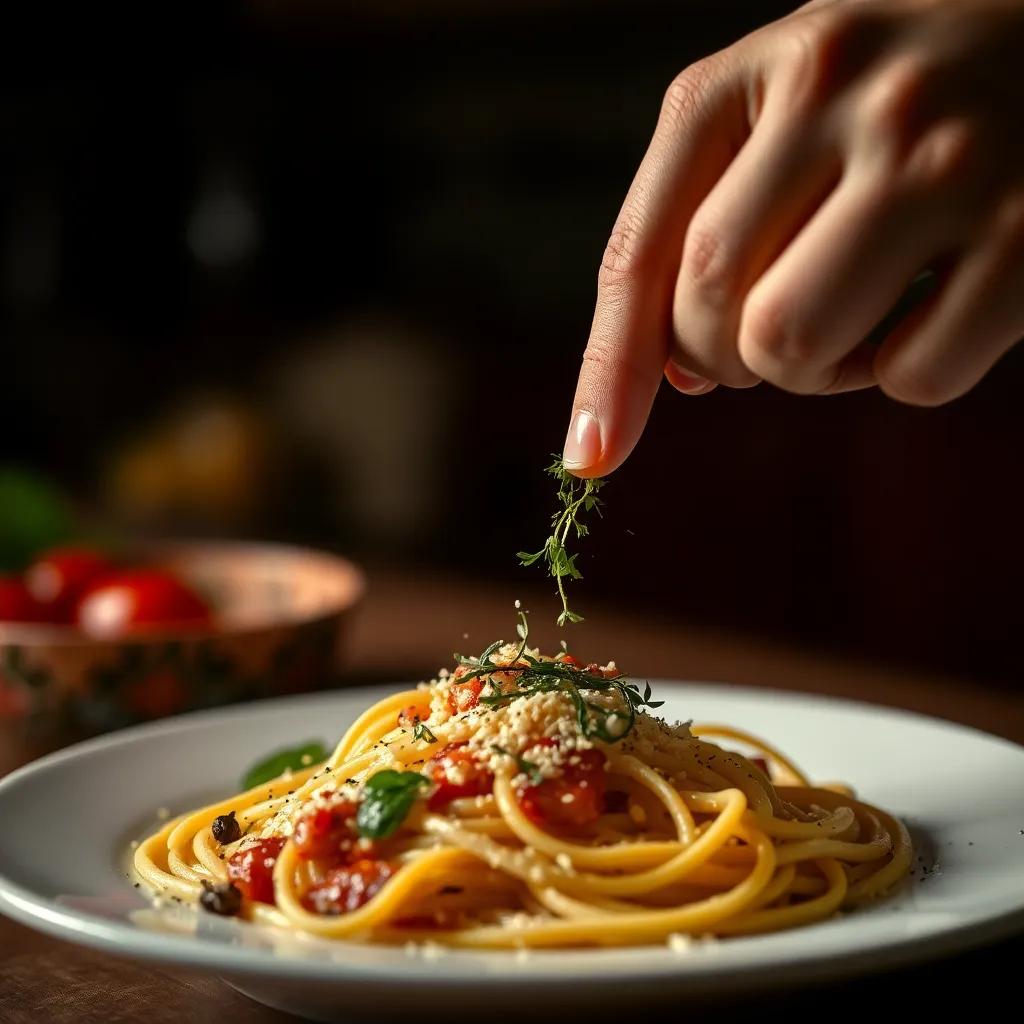
Ingredient Notes
When it comes to crafting an authentic spaghetti carbonara, a few standout ingredients truly define the dish’s character and elevate it beyond ordinary pasta. Let’s take a closer look at three key players that make this recipe shine:
- Pancetta or Guanciale: Often considered the soul of traditional carbonara, these cured pork products bring a rich, savory depth that’s hard to replicate. Guanciale—cured pork cheek—offers a slightly sweeter, more delicate flavor and a luscious melt-in-your-mouth texture thanks to its generous fat content. Pancetta, cured pork belly, can be a more accessible substitute and still delivers a satisfying balance of saltiness and fattiness. When shopping, look for slices that have a good fat-to-meat ratio and are free of added smoke or overpowering spices. If unavailable, high-quality bacon can work in a pinch, but it will slightly shift the flavor profile.
- Pecorino Romano Cheese: This sharp, tangy sheep’s milk cheese is the traditional choice for carbonara’s creamy sauce. It adds a salty, nutty brightness that perfectly complements the pork and eggs. When selecting Pecorino Romano, opt for freshly grated or a wedge you can grate yourself for maximum flavor and smooth melting. If you can’t find Pecorino, Parmesan (Parmigiano-Reggiano) can be a milder alternative, though the boldness will be less pronounced.
- Freshly Ground Black Pepper: More than just a seasoning, black pepper is a crucial aromatic element here, lending warmth and a subtle kick that cuts through the richness. For the best results, grind whole peppercorns fresh—pre-ground pepper often lacks the vibrant, complex notes that make the difference in this simple dish.
By focusing on these core ingredients’ quality and authenticity, you unlock the classic flavor that makes spaghetti carbonara a beloved staple. Remember, the harmony between the pork’s richness, the cheese’s saltiness, and the pepper’s spice creates the magic. Even small tweaks in these components can change the final outcome, so choosing wisely ensures a reliably delicious plate every time.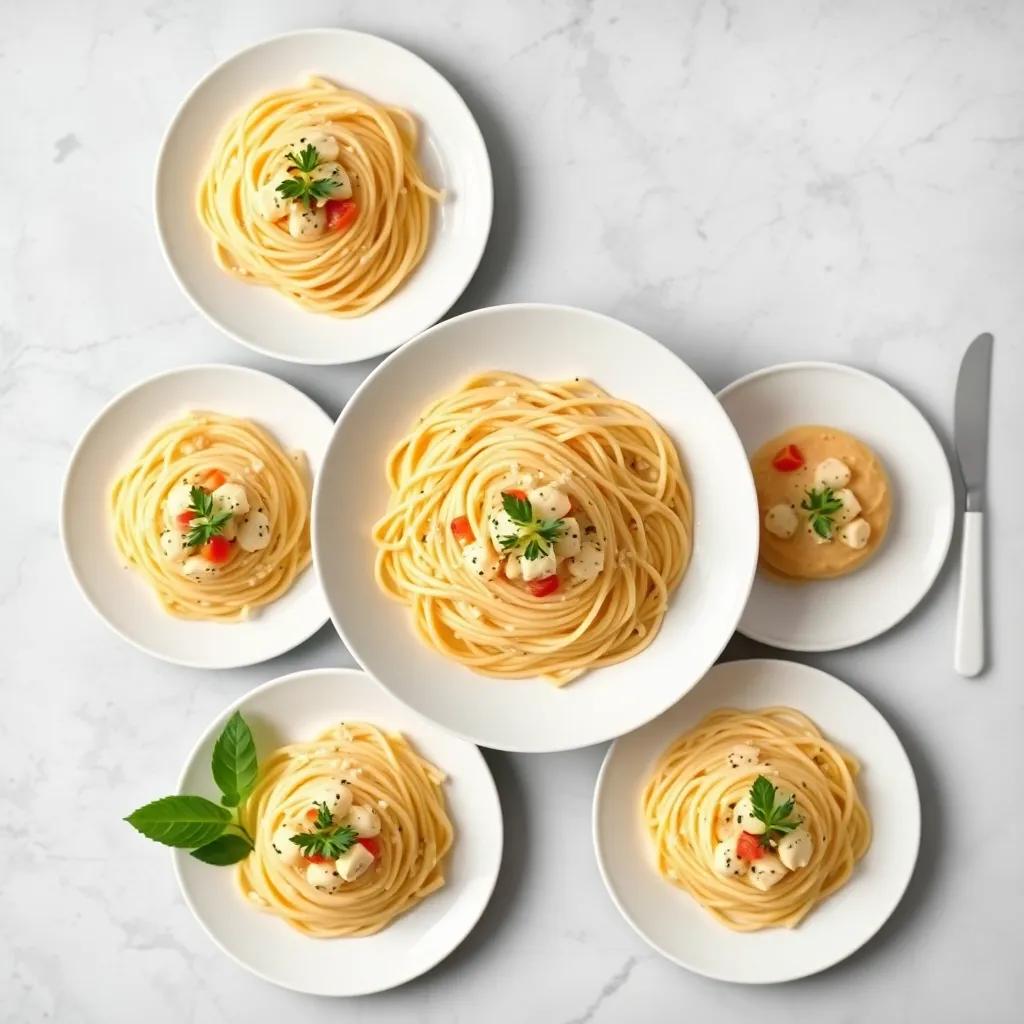
Tips & Variations
To elevate your spaghetti carbonara experience, a few expert tips can make all the difference. First, timing is everything: ensure your pasta is hot but not boiling when adding the egg and cheese mixture. This gentle warmth helps the sauce thicken smoothly without scrambling the eggs, creating that signature creamy texture. Keep the skillet off direct heat during this step, and stir vigorously to coax out a silky coating for each strand.
For added depth, try infusing the rendered fat with aromatics beyond the classic garlic—think a sprig of fresh rosemary or a pinch of chili flakes cooked briefly with the pancetta. Just remember to remove herbs before tossing in the pasta to keep the flavors balanced.
Customization is where carbonara shines. Swap spaghetti for other pasta shapes like bucatini or fettuccine for a fun textural twist. Vegetarians can skip the pork and instead crisp up diced shiitake mushrooms or smoked tofu for umami richness, pairing these with a splash of soy sauce or liquid smoke to mimic that smoky depth.
For those with dietary restrictions:
– Gluten-free pasta works beautifully here; just check cooking times closely to avoid mushiness.
– To keep it vegan, replace eggs with a mixture of silken tofu blended with nutritional yeast and kala namak (black salt) for that eggy tang. Use vegan cheeses or a blend of ground cashews and lemon juice for creaminess. Crisp up smoked tempeh or coconut bacon to imitate the pancetta’s savory crunch.
If your pantry is limited, grated Parmesan cheese can stand in for Pecorino Romano, though expect a milder, nuttier sauce. Likewise, pancetta can be replaced by high-quality bacon, but avoid heavily smoked or flavored varieties to keep the authentic feel.
Finally, experiment with garnishes to refresh each serving: a sprinkle of toasted breadcrumbs adds a delightful crunch, while a handful of fresh herbs like flat-leaf parsley or chives imparts brightness. A drizzle of truffle oil or a squeeze of lemon zest just before serving can turn this humble dish into a special centerpiece.
With these options and tweaks, you can tailor carbonara to your taste, kitchen stock, and occasion while preserving its classic soul.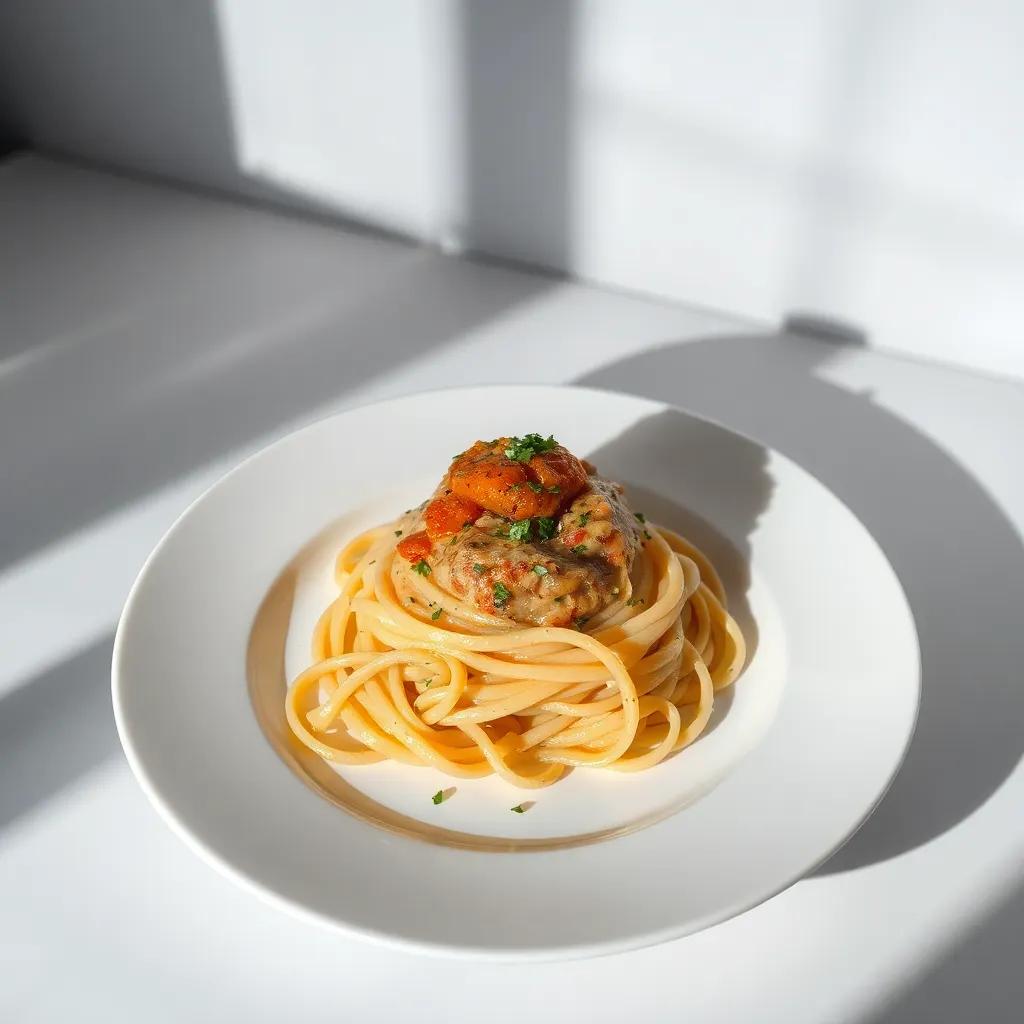
Leftovers & Storage
Leftover spaghetti carbonara, while undeniably delicious fresh, can still be savored later with a few thoughtful storage tips to preserve its creamy texture and flavors. To keep your leftovers at their best, follow these practical guidelines:
Store your carbonara in an airtight container as soon as it has cooled down to room temperature, ideally within two hours of cooking. Glass containers with tight-fitting lids work wonderfully because they prevent moisture loss and resist absorbing odors, but BPA-free plastic containers are fine too. Avoid simply covering a plate with plastic wrap as it doesn’t seal as strongly and can lead to faster drying out.
Refrigerated leftovers will typically stay fresh for up to 2 days. Because carbonara is an egg-based sauce, it’s best not to hold onto it much longer to avoid both safety concerns and deterioration of taste and texture. When reheating, the key is gentle warmth: use a low setting on the stovetop or microwave to warm it gradually. Adding a splash of water, milk, or reserved pasta water can help revive the sauce’s silkiness and prevent it from drying out or curdling.
If you want to store carbonara for a longer period, freezing is possible but not ideal due to the delicate egg sauce. Should you choose to freeze, portion the leftovers into freezer-safe containers or heavy-duty zip-top bags, removing as much air as possible. Frozen carbonara can last up to 1 month but will often lose some of its creamy texture upon thawing and reheating. Thaw overnight in the refrigerator and reheat gently, stirring frequently to blend the sauce.
For meal prep or packed lunches, it’s a good idea to keep the pasta and sauce separate if possible—store the cooked spaghetti in one container and the pancetta and sauce mixture in another. This prevents the pasta from absorbing too much moisture and becoming mushy. Combine and heat just before eating for better texture and flavor.
In summary:
– Cool leftovers quickly and store in airtight containers.
– Keep refrigerated for up to 2 days.
– Reheat gently with a bit of liquid to restore creaminess.
– Freeze only if necessary; expect slight texture changes.
– Consider separate storage of pasta and sauce for best reheating results.
By handling your carbonara leftovers with care, you can enjoy that comforting, classic flavor once again without losing the signature creaminess that makes this dish so beloved.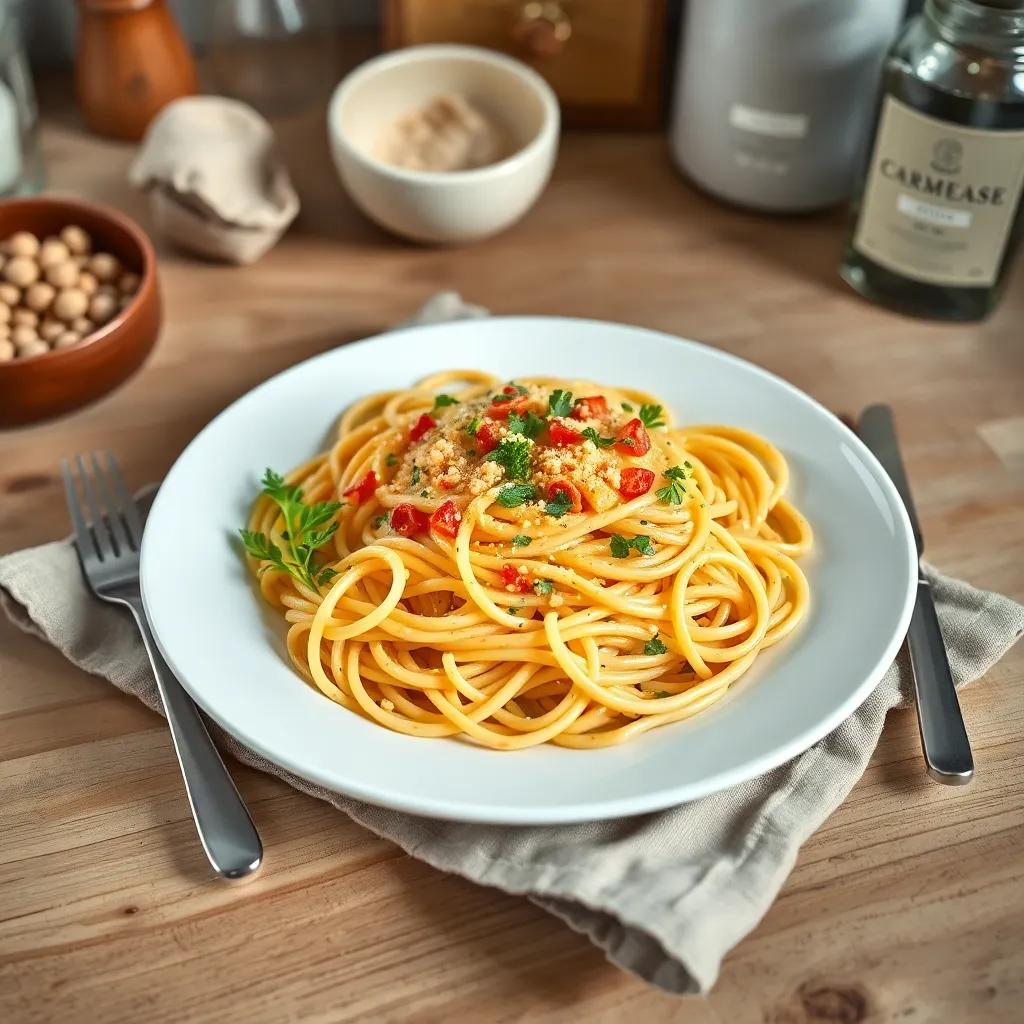
Behind the Recipe
Spaghetti Carbonara is more than just a quick, creamy pasta dish—it’s a beloved emblem of Italian culinary tradition with a story as rich as its flavors. Originating from Rome in the mid-20th century, carbonara’s precise beginnings remain somewhat mysterious, wrapped in a mixture of legend and regional pride. Some trace its roots back to the hearty meals of Italian charcoal workers (“carbonari”), who needed simple, energy-packed food made from pantry staples: pasta, eggs, cured pork, and hard cheese.
Others suggest a wartime origin, with American soldiers bringing bacon and powdered eggs to Italy during World War II, inspiring resourceful Roman cooks to combine these with local cheeses and pasta. Regardless of the exact genesis, what emerged is a deceptively simple dish that relies on technique rather than complexity—using heat from freshly cooked pasta to create a silky sauce without cream, relying instead on eggs and Pecorino Romano.
On a personal note, many home cooks discover carbonara as a gateway to mastering balanced, comforting Italian flavors. Its charm lies in how a handful of quality ingredients and careful timing come together to create something greater than the sum of its parts. For many, it’s a go-to recipe for cozy evenings, joyous dinner parties, or whenever there’s a craving for a touch of rustic elegance without the fuss.
This recipe honors that tradition by simplifying the process while preserving authenticity—encouraging cooks of all skill levels to unlock that classic Roman taste in a fast, approachable way. The rituals of stirring the eggs off heat, rendering the pancetta to crisp perfection, and coaxing the sauce to coat every strand of spaghetti connect each plate to decades of Italian heritage, making every bite a flavorful tribute to a timeless classic.
FAQ
Can I use a different type of pasta instead of spaghetti?
What’s the best way to store leftovers, and can I reheat Carbonara?
Can I make this recipe vegetarian or dairy-free?
Is it okay to use store-bought grated cheese instead of freshly grated?
How do I prevent the eggs from scrambling when mixing the sauce?
Can I freeze Spaghetti Carbonara?
Let’s Get Cooking!
There’s something timeless about a bowl of spaghetti carbonara — simple ingredients coming together in perfect harmony to create a dish that’s both comforting and elegant. This easy 30-minute recipe lets you unlock that classic flavor without any fuss, making it perfect for busy weeknights or spontaneous dinners.
Give it a try and see how quickly this creamy, savory delight becomes a favorite in your kitchen. Don’t forget to drop a comment below, share your rating, or tell us about your own unique twist on the recipe—we’d love to hear your delicious take!


